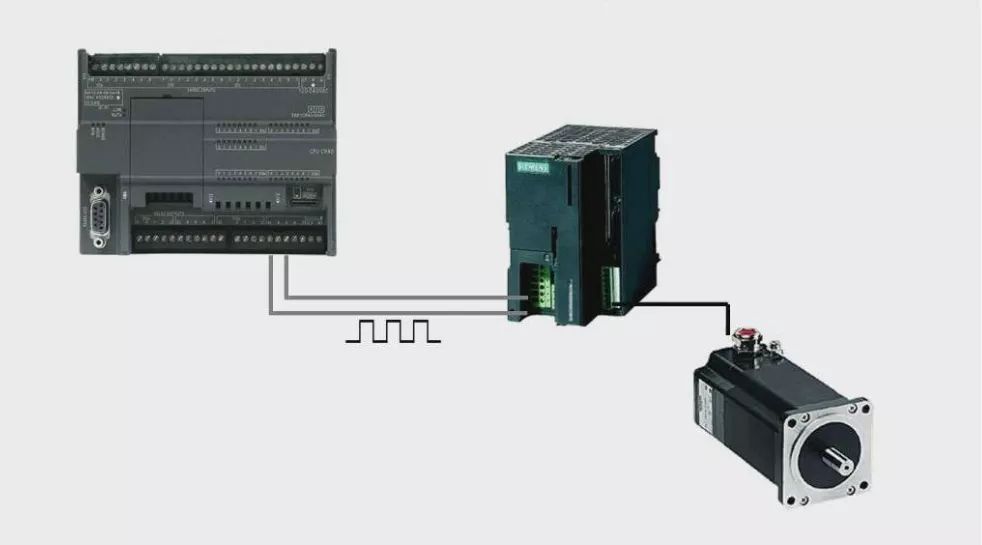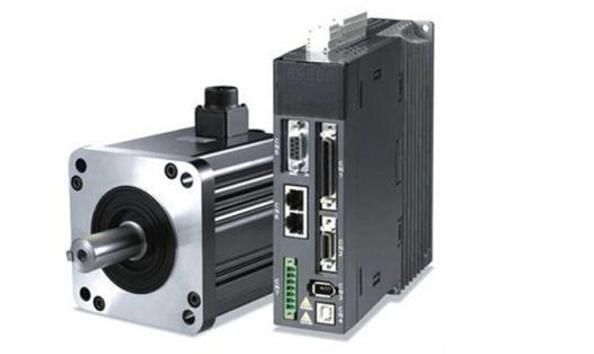Stepper motors are often used for positioning because they are cost-effective, easy to drive, and can be used in open-loop systems-that is, such motors do not require position feedback as servo motors do. Stepper motors can be used in small industrial machines such as laser engravers, 3D printers, and office equipment such as laser printers.
Stepper motors are available in a variety of options. For industrial applications, two-phase hybrid stepper motors with 200 steps per revolution are very common.
Mechanical Considerations
In order to obtain the required accuracy when micro-stepping, designers must pay close attention to the mechanical system.
There are several ways to use stepper motors to produce linear motion.The first method is to use belts and pulleys to connect the motor to the moving parts. In this case, the rotation is converted to linear motion. The distance moved is a function of the angle of motion of the motor and the diameter of the pulley.
The second method is to use a screw or ball screw. A stepper motor is connected directly to the end of the screw, so that the nut travels in a linear fashion as the screw rotates.
In both cases, whether there is an actual linear motion due to the individual micro-steps depends on the friction torque. This means that the frictional torque must be minimized in order to obtain the best accuracy.
For example, many screws and ball screw nuts have a certain amount of preload adjust-ability. Preload is a force used to prevent backlash, which can cause some play in the system. However, increasing preload reduces backlash, but also increases friction. Therefore, there is a trade-off between backlash and friction.
 Be Careful When Micro-Stepping
Be Careful When Micro-Stepping
When designing a motion control system using stepper motors, it cannot be assumed that the rated holding torque of the motor will still apply when micro-stepping, as the incremental torque will be greatly reduced, which can lead to unexpected positioning errors. In some cases, increasing the micro-step resolution does not improve system accuracy.
To overcome these limitations, it is recommended to minimize the torque load on the motor, or to use a motor with a higher holding torque rating. Often, the best solution is to design the mechanical system to use larger step increments rather than relying on fine micro-stepping. Stepper motor drives can use 1/8th of a step to provide the same mechanical performance as conventional, more expensive micro-stepping drives.
Post time: Mar-27-2023







